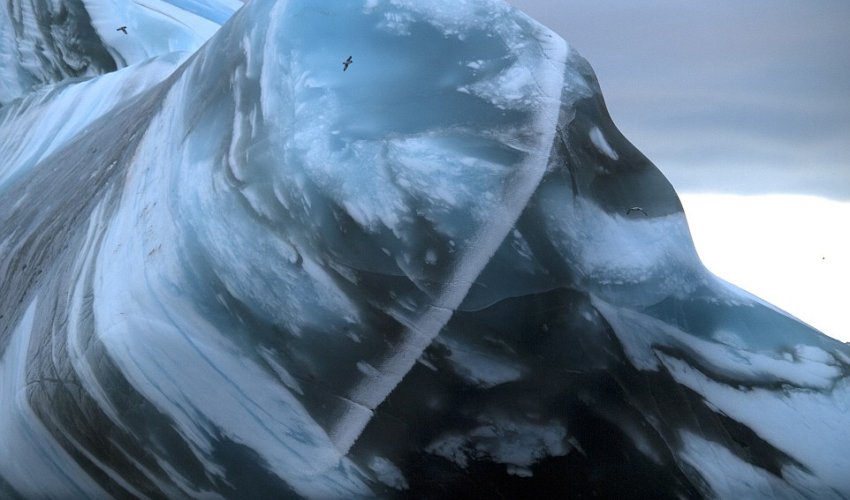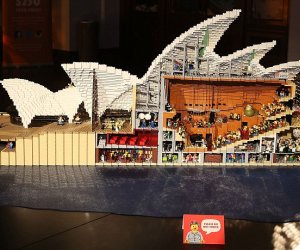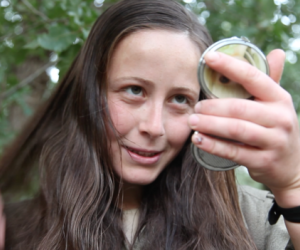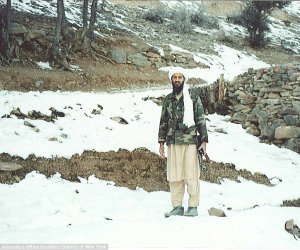The underworld of the Antarctic

They are a stunning insight into an almost alien world.
Now researchers have unveiled incredible new images which reveal the smooth underside of icebergs.
The stunning patterns reveal centuries of material from the Earth's oceans.
The images, from the U.S. Antarctic Program, show an overturned iceberg with some penguins on top.
'It contains centuries of windblown sediments and minerals,' said Nasa, which published the images.
'It really is the stuff of dreams.'
The pictures were taken in Iceberg Alley, a region in the western Weddell Sea where a large concentration of icebergs move in a north-northeast direction following the clockwise circulation around the Weddell Sea gyre.
Large old icebergs contain centuries of windblown sediment and minerals, visible as layers when they roll over.
Scientists have analysed the relationship between iron and nutrients contained in these icebergs and the organic carbon production that is released into the ecosystem.
Salt water is much denser than fresh water, causing icebergs to float.
As they melt in the ocean, their weight distribution can change, causing some icebergs to flip over completely.
However, this is an extremely rare occurrence as 90 per cent of any iceberg is below the surface, meaning the balance is rarely in favour of a complete flip.
When a flip does occur, the consequences can be devastating.
For instance, larger iceberg flips can trigger tsunamis that can damage nearby ships.
Their undersides can vary in colour from blue to green, and they will stay that colour for the rest of their lives.
It is such a stunning colour because ice absorbs red light, and reflects blue.
Last month while on an expedition to Antarctica, Alex Cornell was stunned when he spotted an 'alien' blue iceberg floating across the landscape.
Unlike the icebergs around it, the surreal sleeping beast was completely free of snow and debris, revealing a polished azure surface.
What Mr Cornell witnessed in Drake Passage was an incredibly rare phenomenon; a flipped iceberg caused by an imbalance in frozen water.
'Antarctica is one of those places where you can point the camera in any direction and come away with something spectacular,' Mr Cornell told Fstoppers.
'Typically icebergs are white, with blue accents near the water - this by contrast was alien-blue. More like a galactic artefact than anything terrestrial.'
The San Francisco-based photographer added that the glacier was likely to be extremely old, with the blue being 'the glacial equivalent of aging white hairs.'
Experts say the iceberg could be anything from tens to hundreds of thousands of years in age.
(dailymail.co.uk)
ANN.Az








Similar news
Similar news
Latest news 
More news 



































 Photo
Photo 



 Video
Video 

